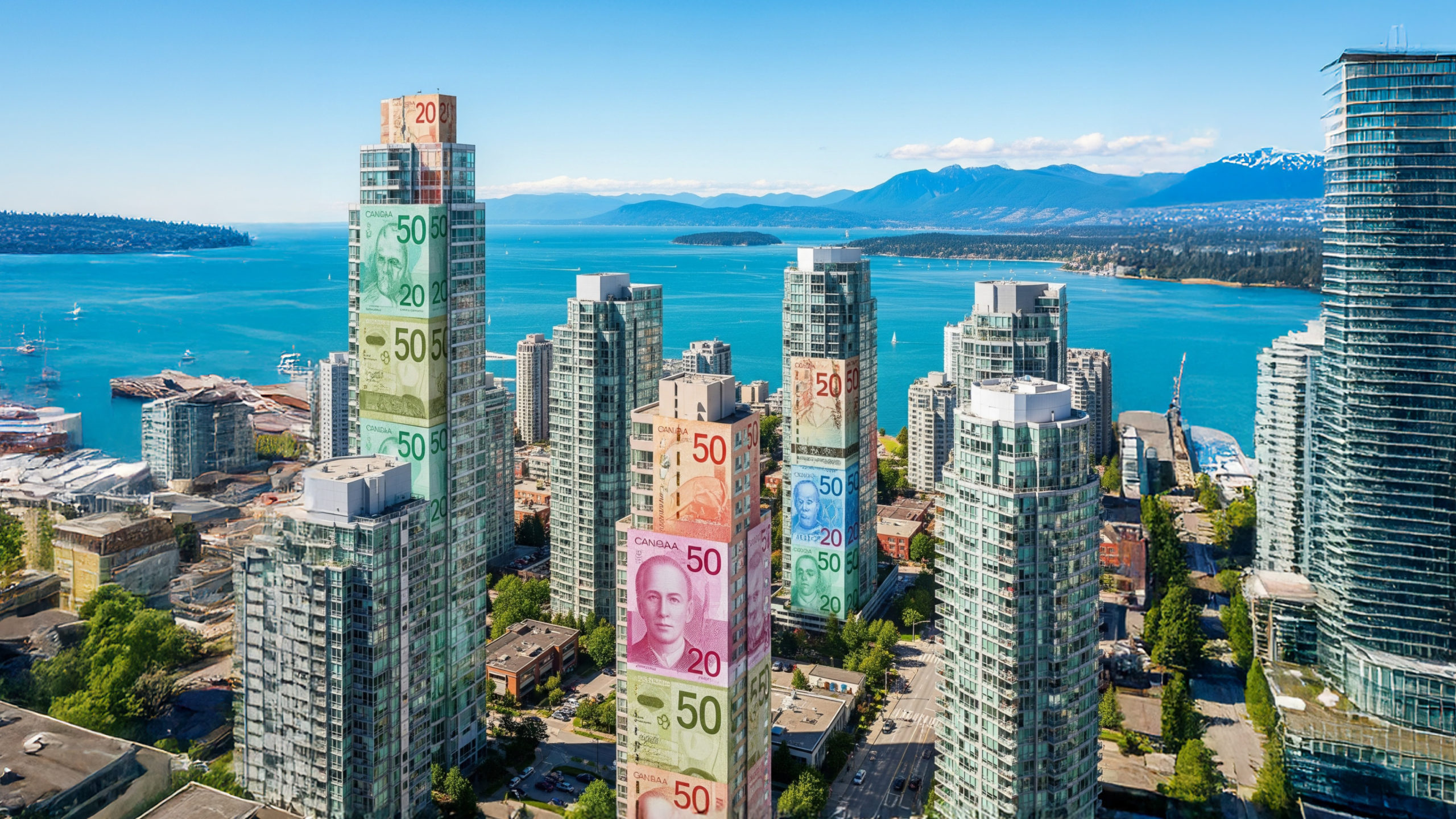The Feds want to invest in housing – is there steak behind the sizzle?
Goodman Report

The new federal government made some big promises during the recent election campaign.
With the goal of doubling the pace of housing construction, the Liberals proposed direct investment in affordable housing, low-cost financing, a push to reduce red tape, and cutting municipal development fees in half.
The latter three ideas are wholeheartedly welcomed, and, if done correctly, should help increase supply. While doubling the pace of construction is far-fetched, any improvements are appreciated.
Direct senior government investment in much-needed affordable housing is important to fill gaps in the system; the private sector can’t and won’t build housing that is not economically viable. But, as we have seen in B.C., government lacks the ability to deliver at the scale required, and the temptation to play politics with taxpayer dollars can overwhelm any good intentions.
Eight years after the provincial NDP committed to building 114,000 affordable homes in 10 years, BC Housing figures show that the various provincial funding programs directly resulted in only 3,178 completions during the 2023/24 fiscal year, and just 20,422 over the past five years.
At this pace, it will take 28 years to deliver the promised 114,000 homes.
The results are so far off the stated goal that the provincial government has resorted to padding their news releases with housing they had no part in building.
When someone is forced to leave the province to find work in Alberta and rents out their home in Kelowna, that is celebrated as a successful increase in rental housing under the NDP’s creative accounting.
Further, as usual when politicians take up a cause, the rationale for some of their projects is questionable.
For example, the province is planning a new affordable housing project on the prime site of the former ICBC head office beside Lonsdale Quay in North Vancouver, two city blocks on the waterfront, with sweeping views over Burrard Inlet. Construction will be complex and expensive; the building is perched above the region’s primary bus loop, and crosses over a road and railway tunnel. Perfect location for affordable, government-funded housing, right?
As part of its BC Builds program, the province recently announced that it had selected a partner to construct 110 affordable rental units at Sun Peaks Mountain Resort.
The homeless population in the City of Vancouver alone (2,400) is larger than the entire population of Sun Peaks (1,400), and yet the province is focused on building expensive waterfront projects, and employee housing at private mountain resorts.
The provincial Rental Protection Fund provides another example of what happens when politics and the love of a good press conference trump results-based decision-making.
The fund has “protected” 125 homes in Port Hardy, population 3,900, where one-bedroom suites rent for $900 per month and redevelopment pressure is non-existent. Another 153 units have been “protected” in nearby Campbell River. In Vancouver, home to the highest rents in the country, the fund has supported only 57 units so far.
Is the goal to deliver affordable housing where it will have the greatest impact, or to fly politicians to NDP ridings where they can tout their good work in front of a flashy podium?
We need efficient solutions to deliver significantly more homes in a cost-effective way. Whatever the plan, the government will need to include the private sector to achieve any kind of scale.
One idea getting no noticeable attention would be to subsidize the mandated inclusionary zoning units that have become ubiquitous across Metro Vancouver. In the Broadway Plan area alone, there are 3,500 proposed below-market affordable rental units in 110 projects currently in the pipeline that are at risk of never seeing the light of day.
At a conservative estimate of current construction rates, these units will cost about double their value on completion, resulting in a $250,000 to $300,000 loss to the developer, per unit. Because market rents have softened, developers can’t recover this shortfall from other tenants, so most of these 110 projects will sit on the shelf, unable to get financing.
Waiting for rents to increase to fund these projects is a bad option. If cities continue to insist on weighing down projects with unprofitable units, developers are going to need some help, or nothing will get built. Here, then, is an opportunity for government to deliver a significant amount of below-market housing in partnership with the private sector.
As the federal government tackles the housing file, let’s hope they focus on creating results, rather than just selling the sizzle.